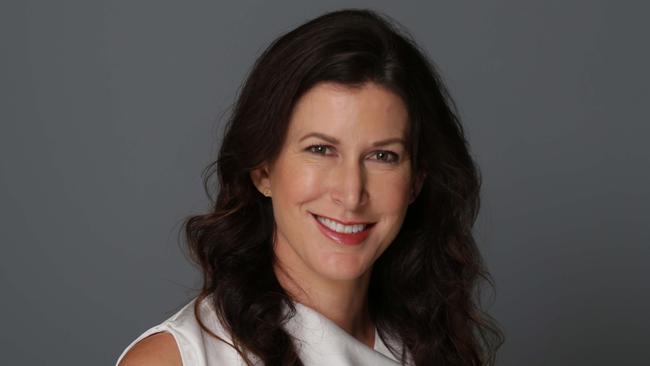From fear to feels: How brands can shake off the ‘fear economy’ to thrive
In 2024 we have a pile-up of global and local events fuelling a climate of fear. The choice before brand custodians is clear; to move with optimism and creativity, or risk stymied growth by succumbing to the paralysis of fear.

In 1997, Volkswagen made an award-winning cinematic spot called “Protection” for its Polo model. Directed by Jonathan Glazer, it was based on the simple truth that people make themselves small when they’re in danger. Shrinking in the face of threat is a human instinct but it happens to companies and brands too.
In 2024 we have a pile-up of global and local events fuelling a climate of fear. War in Ukraine and Gaza, a deepening cost-of-living crisis, major privacy hacks, customer service fails and sales declines – all real reasons for brand custodians to feel anxious and vigilant.
The Economist recently tallied that 57 countries were due to have elections this year – that’s almost half the world’s voting population going to the ballot box. Where there are election campaigns there are fear tactics, and where there are fear tactics, there is digital media profiting from our anger and frustration.
With this context in mind, we’ve been looking at how fear affects human behaviour and brand success.
First, let’s give credit where it’s due – fear is the ultimate survival tool and in the right doses it keeps us safe. But too much fear can paralyse us and when it comes to creativity, fear is a major buzzkill. Recent studies prove extended periods of anxiety shrink our brains and make us less imaginative.
In neuroscience speak, the amygdala (the fight, flight or freeze bit) grows at the expense of the hippocampus which is the part of our brain associated with memory, creativity and imagining the future.
The solution, if it were even possible, is not to discourage or eliminate fear. The goal is to be able to shift out of that mindset more often, into one of creativity and growth.
But what even is a creative mindset and how is it different to a fear mindset? Academic and industry literature unearths three key themes.
The first is “interestedness”. A fear mindset is narrow focused, while a creative mindset is curious about the world, open to new experiences and new connections.
The second is “imagination” (aka daydreaming). A fear mindset is hypervigilant and task oriented, while a creative mindset thrives when our attention veers away from the task at hand, when we let go, stop trying so hard and let our minds wander. This is when our “default mode network” fires up in our brains, otherwise known at the “imagination network”.
The third is “expression”. A fear mindset is inhibited, self-censoring and second guessing, while creativity at its core is an act of self-expression. The most creative environments are places where we can express ideas and points of view without fear of rejection.
Makes sense for humans, but what about companies and brands? When companies are fearful, they often do what people do – fight, flight or freeze. But just like people they can switch their mindset to keep growing.
Rather than turn inward in uncertain times, brands succeed when they stay interested and connected to their customers and culture. Through the pandemic we saw certain brands rise above the rest by being more in touch with Aussie communities. For example, AAMI’s “Assist for those Assisting” for frontline workers, Maccas’ free coffee for healthcare workers, and Coles’ community shopping hour for the vulnerable.
Even in crisis, there are opportunities to imagine and invent. Famously, in response to the 1982 Tylenol poisoning incidents, Johnson & Johnson created tamper-proof packaging that revolutionised the way medicines were packaged worldwide.
When facing negativity, strong brands resist the urge to go silent – they show up and speak up. There’s no better expression of this than Nike doubling down on its support for civil rights activist Colin Kaepernick in the face of backlash to its Dream Crazy ads. Despite initial stock market wobbles, sales boomed, and the campaign breathed new life into the brand.
What could we do if we weren’t afraid? This question sits at the front of our agency process documents. It’s there to remind everyone not to get too “process-y” and to start out with ambition and freedom. No doubt we’ll face challenges along the way but this question is a shortcut back to who we are at our best.
Fran Clayton is chief strategy officer at DDB Sydney.


